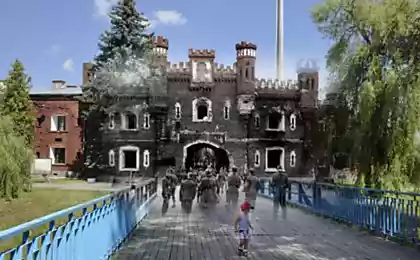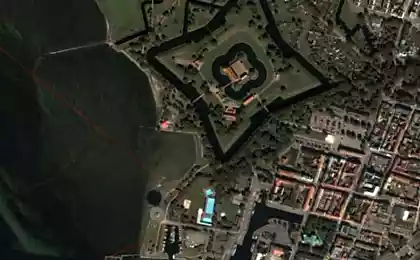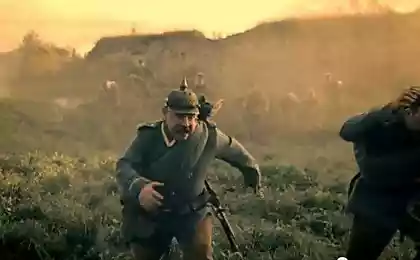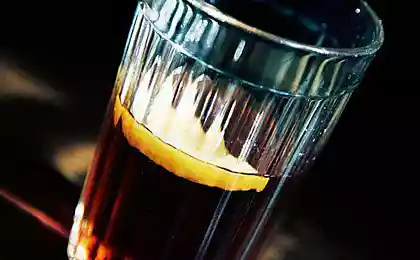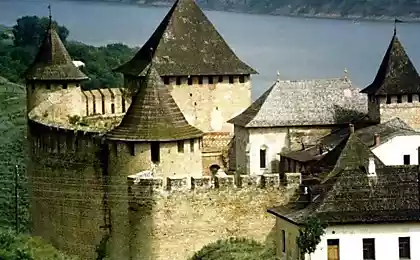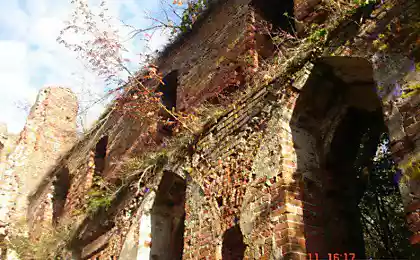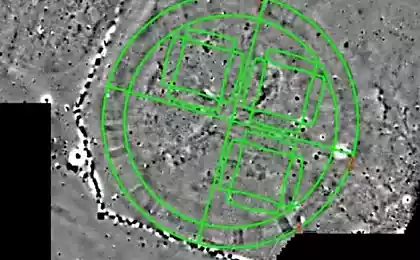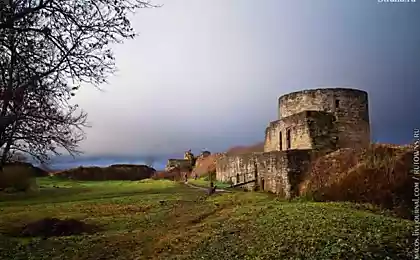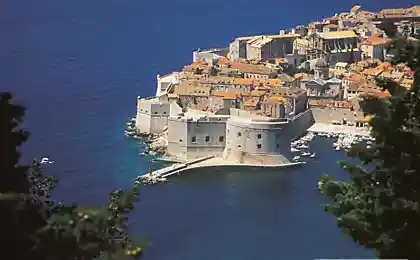1202
The fortress Pillau
Fortress "Pillau" located on the shores of the Baltic Strait - Strait of western Russia, in the western town of the country - the Baltic, the former German Pillau. Strait, dug in the XV century, connects the Vistula Lagoon and the Baltic Sea, and separates the Samland Peninsula on the Baltic Spit. During his stay in the Baltic and bloggers have decided to visit the fortress and share your impressions about it.
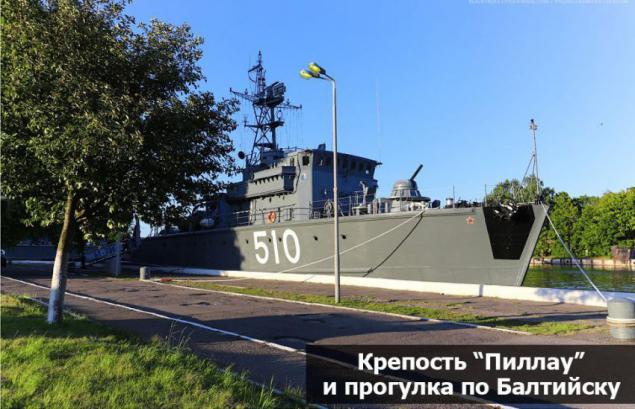
Construction of the fortress to protect the marine gate, the Swedes captured Pillau, and continue the struggle against the Poles, started in 1626, by order of the Swedish King Gustavus Adolphus II. That is why, in different sources, the fortress "Pillau" often referred to as "Swedish". The fortress was made in the shape of a pentagon, and is surrounded by a wide, water-filled moat. Each of the five bastions had its name: Albrecht, Prussia, Konig, König, Crown Prince.

In turn, the outer circle of defense of the fortress consists of five ravelins, each of which also has its own name: Ludwig Shtorhnes, Faulvinkel, Kronverk, Shinko-Schanz.

For all the centuries of its existence, has always served as a military fortress function. As part of the Great Embassy, visited the fortress of Russian Tsar Peter I. There he studied and studied the art of bomb-fortification.
In addition to its main purpose, the fortress served as the storage of weapons, as well as cultural and material values.

During World War II, the fortress was the headquarters of the Office of the defense of Pillau, which coordinates activities of German units on the Samland Peninsula.
During the storm Pillau Soviet units, a complex network of underground communications fortress allowed it to leave the garrison fortress, previously mined and destroyed all the engineering documentation. After taking Pillai, the Soviet command decided to keep the fortress, and not needlessly risk the lives of sappers, after which most of the passages were preserved.
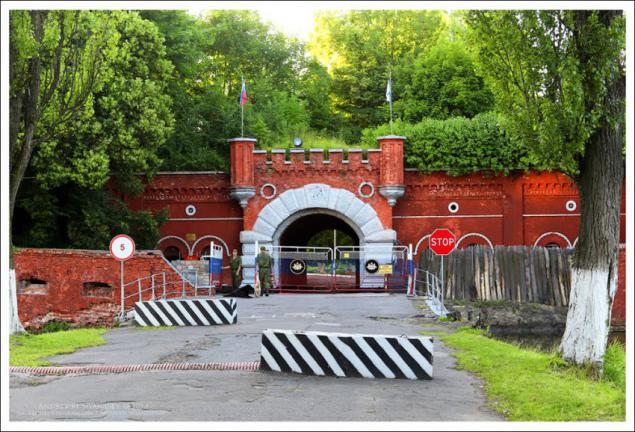

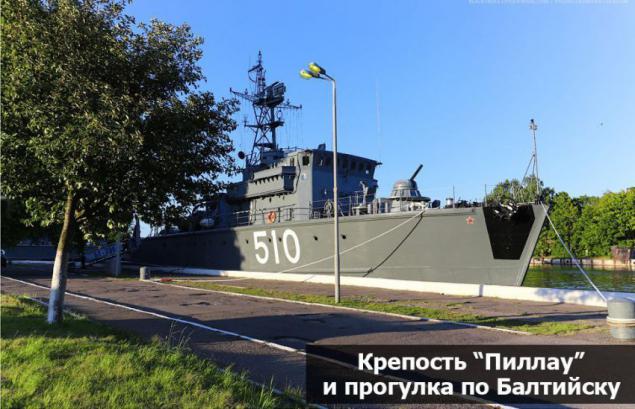
In subsequent years, the decision was a source of many legends about the supposedly hidden in the caves of the values and even the Amber Room. Confirm or refute these assumptions local historians could not, as the citadel became a full-fledged part of the military and naval access to it for the civilians had been closed. Today, the Swedish fortress is one of the main options, which may be lost Amber Room.
In 1999, the castle became a branch of the Museum of the Baltic Fleet, and today the fort is accessible, pre-recorded on the tour, titled "Secrets of the Swedish fortress."
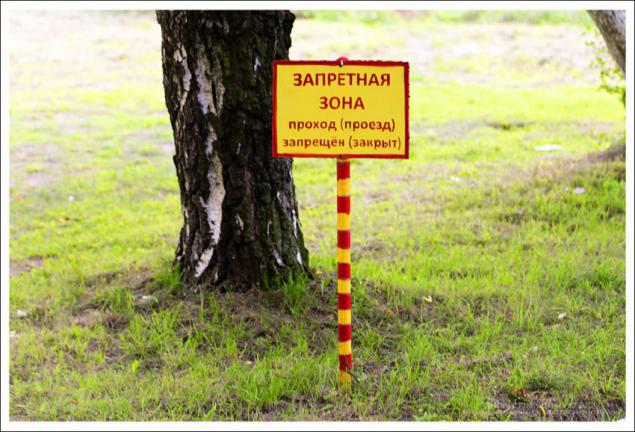
We were in the castle, of course, no one was not going to let. Unnerve war we did not, limiting the visual inspection the main gate of the citadel and nearby two 76-mm divisional gun ZIS-3 model 1942.
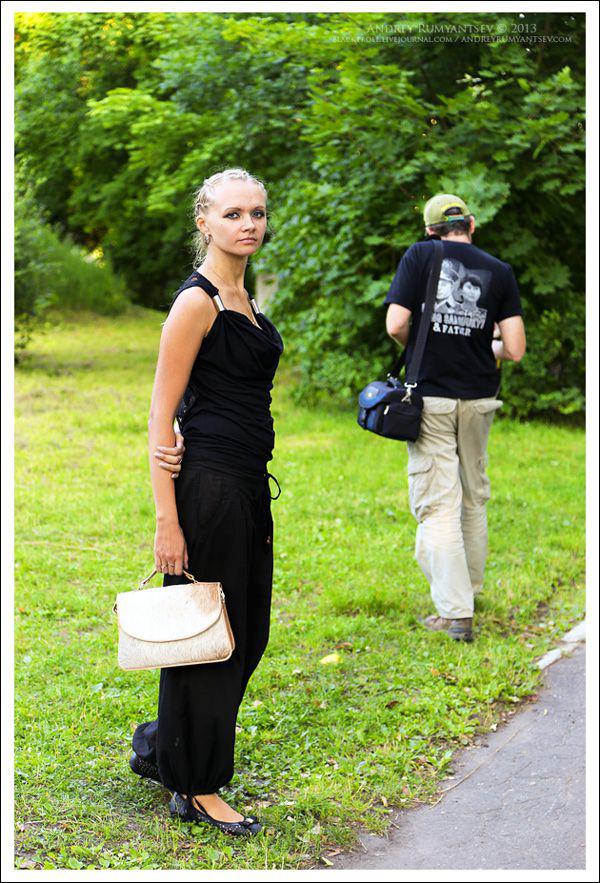
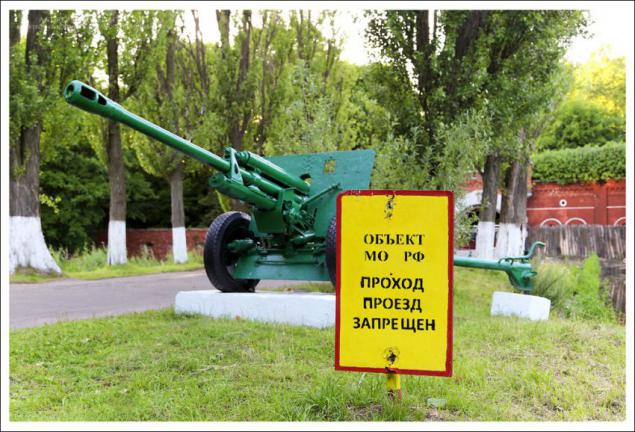
Ravelin Faulvinkel year with preserved buildings and the remains of bas-reliefs.
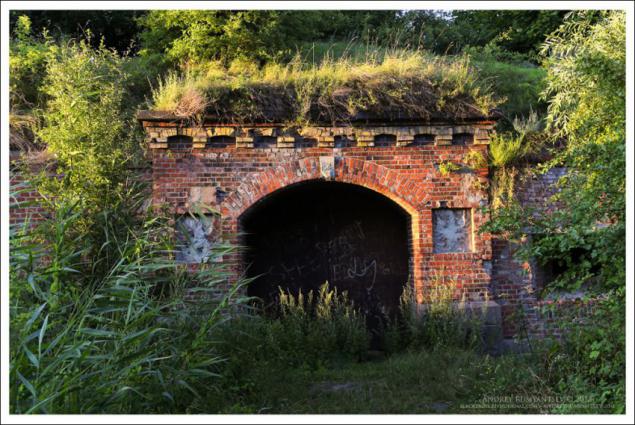
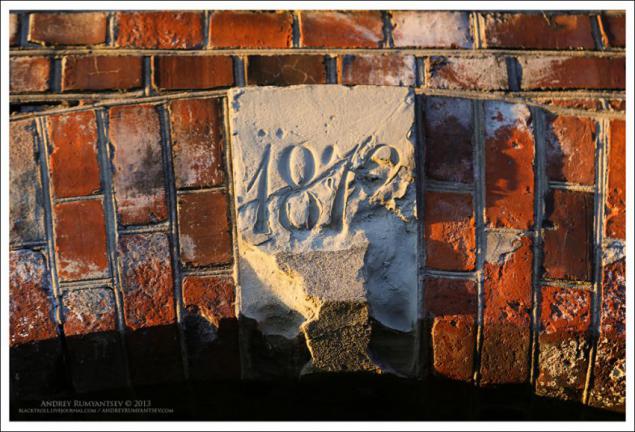
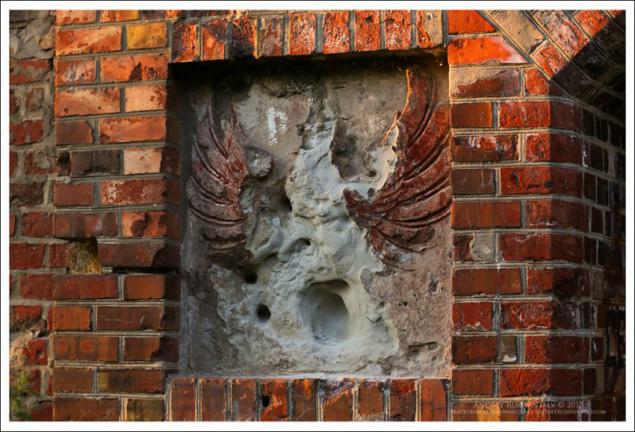
Not far from the gate is a bridge, from which you can admire the serfs channel leading to the Inner Harbor Baltiysk. Earlier this bridge, during the "closed" city, there was a check point.
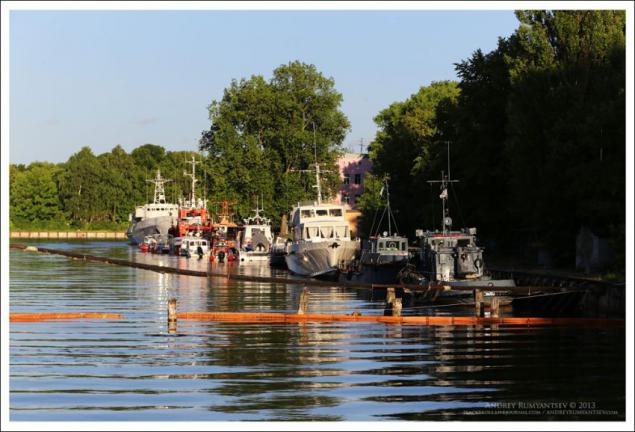
Building of the former gymnasium Pillai, built in 1906. Now here is a sailor's club and a cinema.

After passing the Museum of the History of the Baltic Fleet, we noticed an interesting object on the patio of the museum - a trophy boat Somali pirates brought patrol ship "Fearless" off duty in the Gulf of Aden, the Arabian Sea.
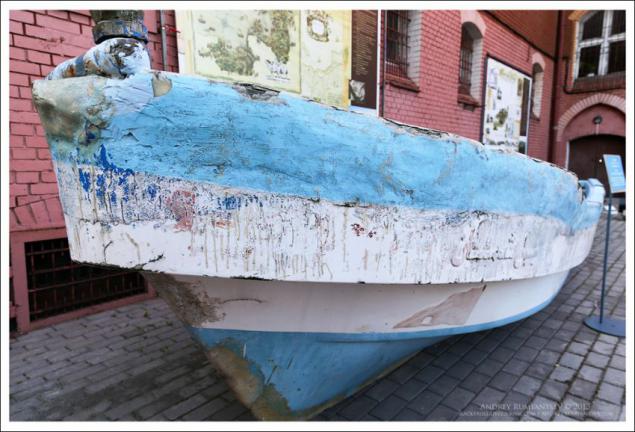
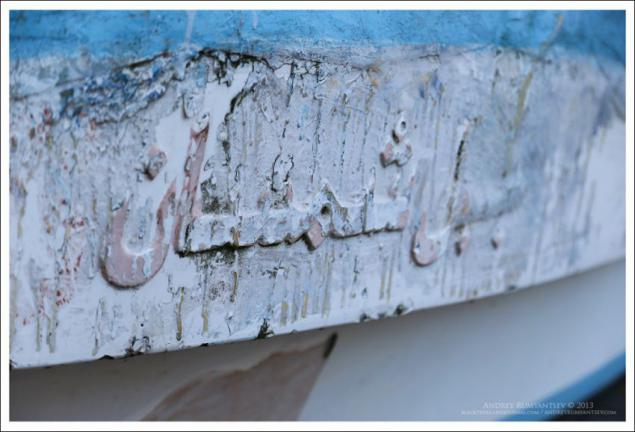
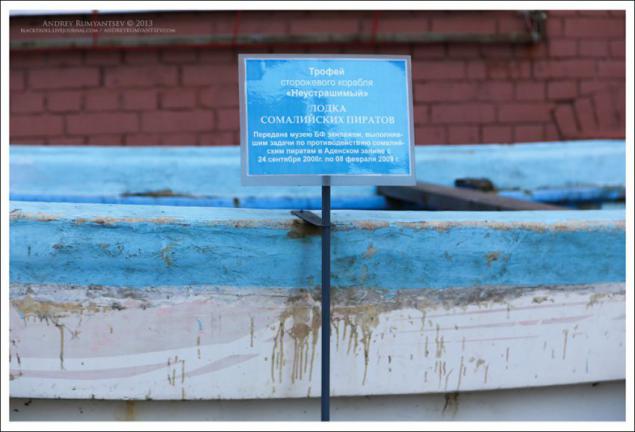
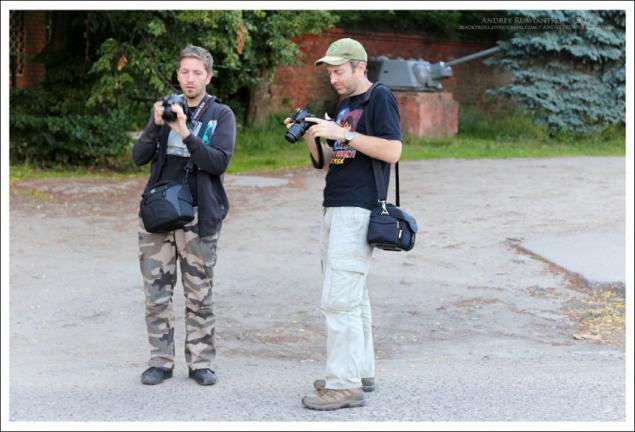
Then we headed to the Inner Harbor to watch the boats moored.
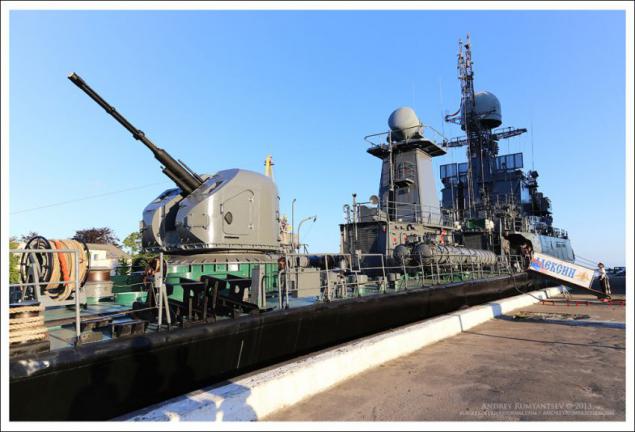
Base BT-230 minesweeper, project 12650.
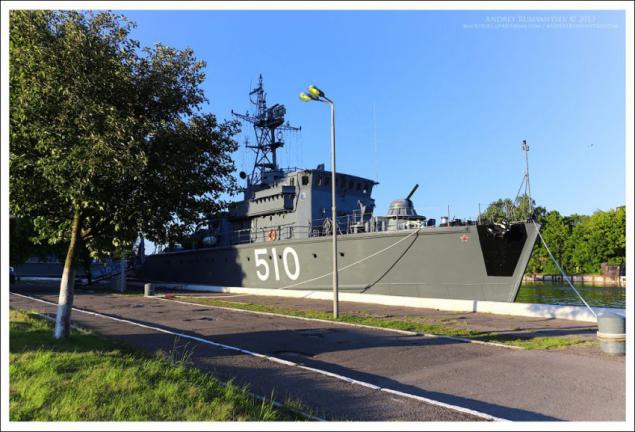
The small anti-submarine ship "MPK- 224" "Alexina" project 1331M.
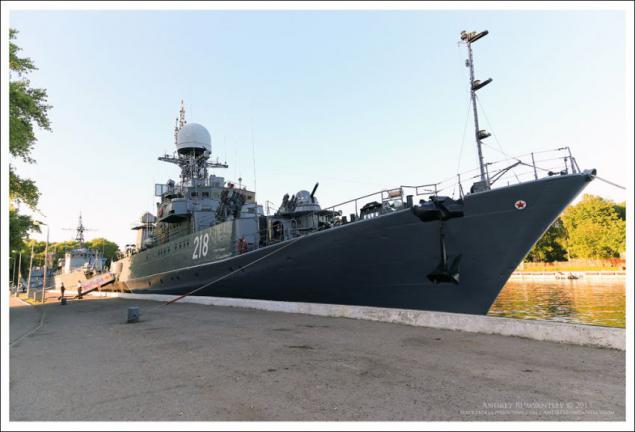
From the harbor we went to the waterfront Sea Canal and enjoy the most western beacon of Russia, built in 1813. Height beacon 33, 2m, light is visible at 16 nautical miles. New stone lighthouse, replacing wooden flare tower, first worked in the oil, then kerosene, and only since 1913, switched to the electric light.
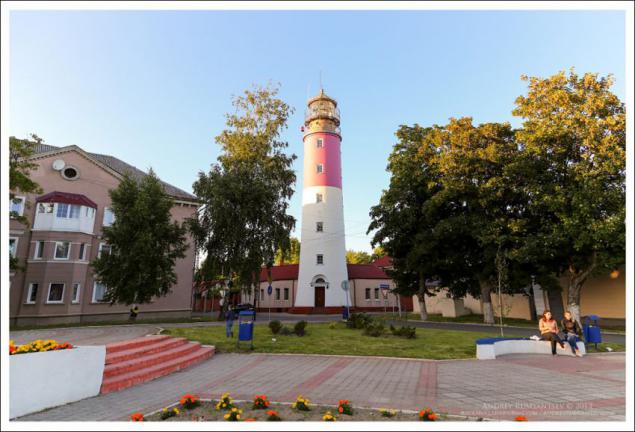
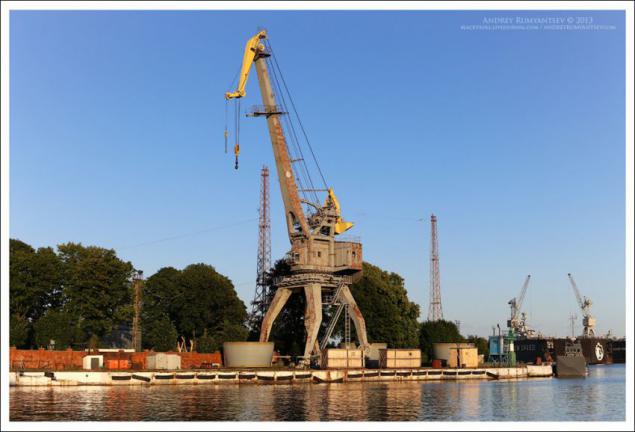

Apparently, back in 1972, reinforced embankment conscripts from Georgia
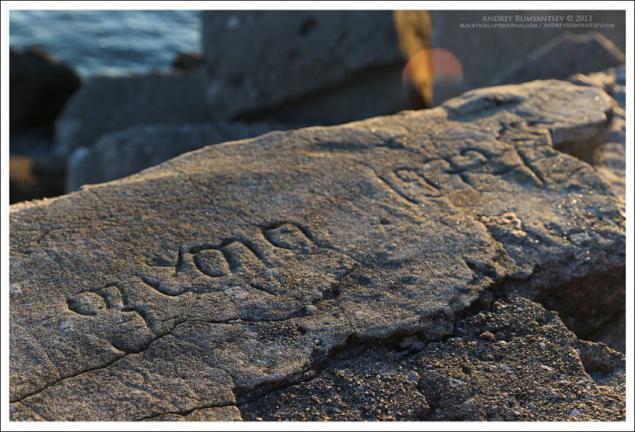
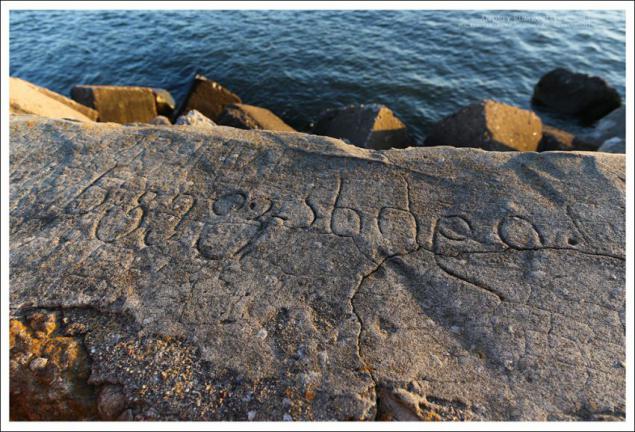
The movement of the channel is very intense. The cargo ship «Feed Fiskaa»
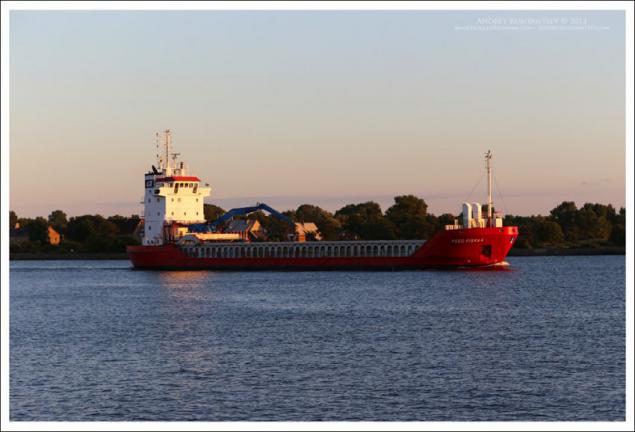
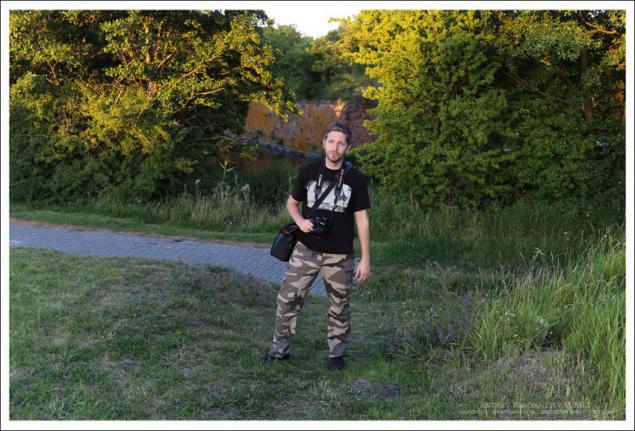
Baltic Kotofey
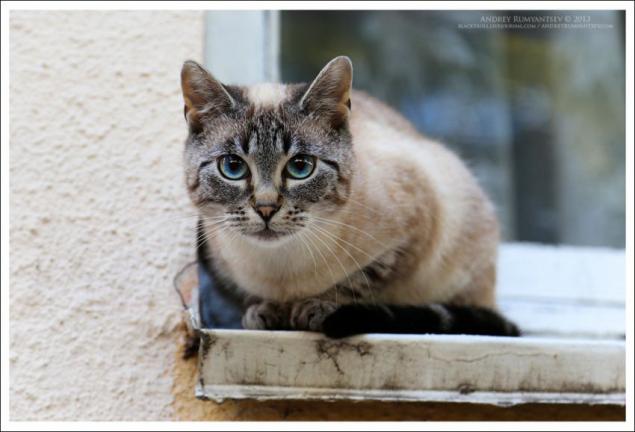
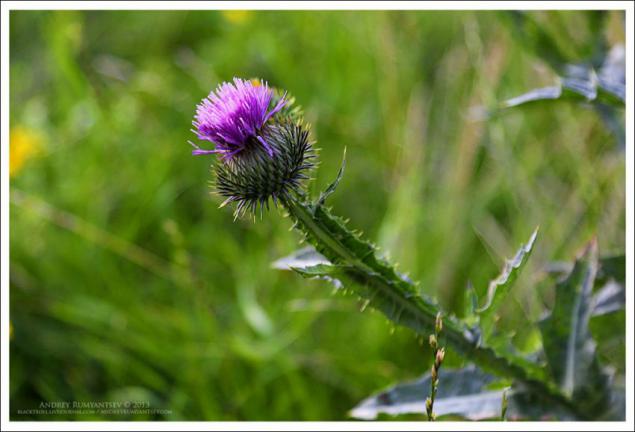
Sunsets in Baltiysk the most beautiful on the coast of the region.
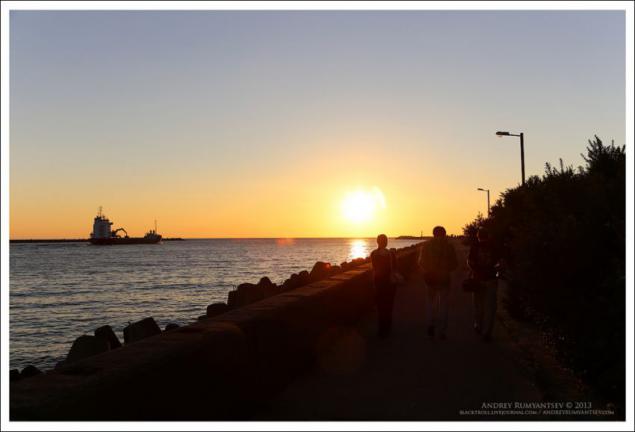
Source: blacktroll.livejournal.com

Construction of the fortress to protect the marine gate, the Swedes captured Pillau, and continue the struggle against the Poles, started in 1626, by order of the Swedish King Gustavus Adolphus II. That is why, in different sources, the fortress "Pillau" often referred to as "Swedish". The fortress was made in the shape of a pentagon, and is surrounded by a wide, water-filled moat. Each of the five bastions had its name: Albrecht, Prussia, Konig, König, Crown Prince.

In turn, the outer circle of defense of the fortress consists of five ravelins, each of which also has its own name: Ludwig Shtorhnes, Faulvinkel, Kronverk, Shinko-Schanz.

For all the centuries of its existence, has always served as a military fortress function. As part of the Great Embassy, visited the fortress of Russian Tsar Peter I. There he studied and studied the art of bomb-fortification.
In addition to its main purpose, the fortress served as the storage of weapons, as well as cultural and material values.

During World War II, the fortress was the headquarters of the Office of the defense of Pillau, which coordinates activities of German units on the Samland Peninsula.
During the storm Pillau Soviet units, a complex network of underground communications fortress allowed it to leave the garrison fortress, previously mined and destroyed all the engineering documentation. After taking Pillai, the Soviet command decided to keep the fortress, and not needlessly risk the lives of sappers, after which most of the passages were preserved.



In subsequent years, the decision was a source of many legends about the supposedly hidden in the caves of the values and even the Amber Room. Confirm or refute these assumptions local historians could not, as the citadel became a full-fledged part of the military and naval access to it for the civilians had been closed. Today, the Swedish fortress is one of the main options, which may be lost Amber Room.
In 1999, the castle became a branch of the Museum of the Baltic Fleet, and today the fort is accessible, pre-recorded on the tour, titled "Secrets of the Swedish fortress."

We were in the castle, of course, no one was not going to let. Unnerve war we did not, limiting the visual inspection the main gate of the citadel and nearby two 76-mm divisional gun ZIS-3 model 1942.


Ravelin Faulvinkel year with preserved buildings and the remains of bas-reliefs.



Not far from the gate is a bridge, from which you can admire the serfs channel leading to the Inner Harbor Baltiysk. Earlier this bridge, during the "closed" city, there was a check point.

Building of the former gymnasium Pillai, built in 1906. Now here is a sailor's club and a cinema.

After passing the Museum of the History of the Baltic Fleet, we noticed an interesting object on the patio of the museum - a trophy boat Somali pirates brought patrol ship "Fearless" off duty in the Gulf of Aden, the Arabian Sea.




Then we headed to the Inner Harbor to watch the boats moored.

Base BT-230 minesweeper, project 12650.

The small anti-submarine ship "MPK- 224" "Alexina" project 1331M.

From the harbor we went to the waterfront Sea Canal and enjoy the most western beacon of Russia, built in 1813. Height beacon 33, 2m, light is visible at 16 nautical miles. New stone lighthouse, replacing wooden flare tower, first worked in the oil, then kerosene, and only since 1913, switched to the electric light.



Apparently, back in 1972, reinforced embankment conscripts from Georgia


The movement of the channel is very intense. The cargo ship «Feed Fiskaa»


Baltic Kotofey


Sunsets in Baltiysk the most beautiful on the coast of the region.

Source: blacktroll.livejournal.com
How can different countries live in 1952
MERCEDES-BENZ offers identify and eliminate hazards before they occur
